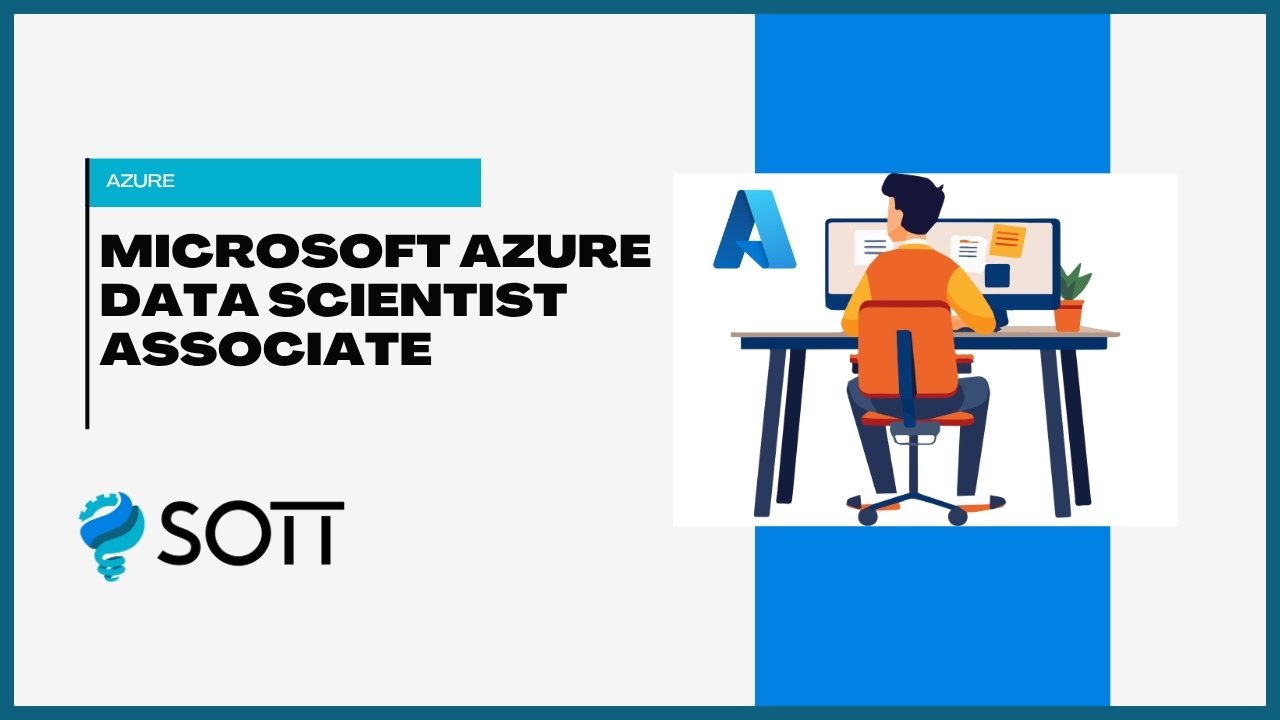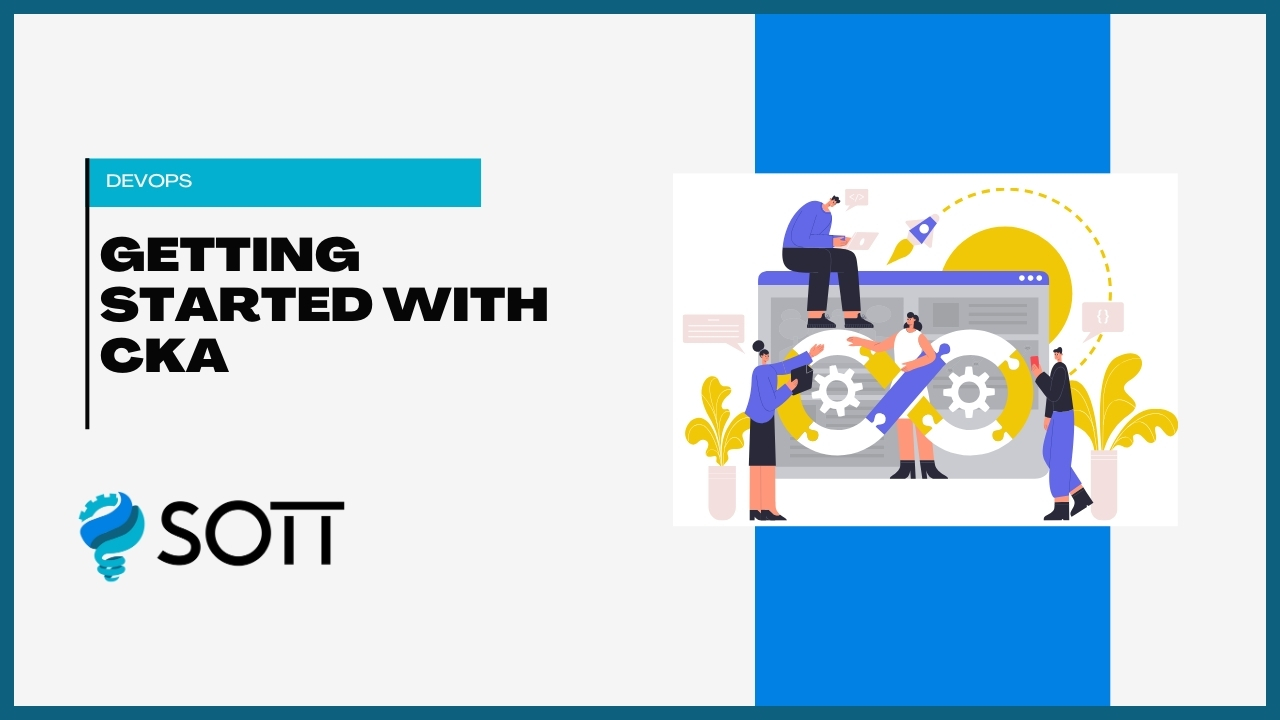Section 1: Explore Azure Machine Learning workspace resources and assets
- Introduction
- Create an Azure Machine Learning workspace
- Identify Azure Machine Learning resources
- Identify Azure Machine Learning assets
- Train models in the workspace
- Exercise - Explore the workspace
- Module assessment
- Summary
Section 2: Explore developer tools for workspace interaction
- Introduction
- Explore the studio
- Explore the Python SDK
- Explore the CLI
- Exercise - Explore the developer tools
- Module assessment
- Summary
Section 3: Make data available in Azure Machine Learning
- Introduction
- Understand URIs
- Create a datastore
- Create a data asset
- Exercise - Make data available in Azure Machine Learning
- Module assessment
- Summary
Section 4: Work with compute targets in Azure Machine Learning
- Introduction
- Choose the appropriate compute target
- Create and use a compute instance
- Create and use a compute cluster
- Exercise - Work with compute resources
- Module assessment
- Summary
Section 5: Work with environments in Azure Machine Learning
- Introduction
- Understand environments
- Explore and use curated environments
- Create and use custom environments
- Exercise - Work with environments
- Module assessment
- Summary
Section 1: Find the best classification model with Automated Machine Learning
- Introduction
- Preprocess data and configure featurization
- Run an Automated Machine Learning experiment
- Evaluate and compare models
- Exercise - Find the best classification model with Automated Machine Learning
- Module assessment
- Summary
Section 2: Track model training in Jupyter notebooks with MLflow
- Introduction
- Configure MLflow for model tracking in notebooks
- Train and track models in notebooks
- Exercise - Track model training
- Module assessment
- Summary
Section 1: Run a training script as a command job in Azure Machine Learning
- Introduction
- Convert a notebook to a script
- Run a script as a command job
- Use parameters in a command job
- Exercise - Run a training script as a command job
- Module assessment
- Summary
Section 2: Track model training with MLflow in jobs
- Introduction
- Track metrics with MLflow
- View metrics and evaluate models
- Exercise - Use MLflow to track training jobs
- Module assessment
- Summary
Section 3: Perform hyperparameter tuning with Azure Machine Learning
- Introduction
- Define a search space
- Configure a sampling method
- Configure early termination
- Use a sweep job for hyperparameter tuning
- Exercise - Run a sweep job
- Module assessment
- Summary
Section 4: Run pipelines in Azure Machine Learning
- Introduction
- Create components
- Create a pipeline
- Run a pipeline job
- Exercise - Run a pipeline job
- Module assessment
- Summary
Section 1: Register an MLflow model in Azure Machine Learning
- Introduction
- Log models with MLflow
- Understand the MLflow model format
- Register an MLflow model
- Exercise - Log and register models with MLflow
- Module assessment
- Summary
Section 2: Create and explore the Responsible AI dashboard for a model in Azure Machine Learning
- Introduction
- Understand Responsible AI
- Create the Responsible AI dashboard
- Evaluate the Responsible AI dashboard
- Exercise - Explore the Responsible AI dashboard
- Module assessment
- Summary
Section 1: Deploy a model to a managed online endpoint
- Introduction
- Explore managed online endpoints
- Deploy your MLflow model to a managed online endpoint
- Deploy a model to a managed online endpoint
- Test managed online endpoints
- Exercise - Deploy an MLflow model to an online endpoint
- Module assessment
- Summary
Section 2: Deploy a model to a batch endpoint
- Introduction
- Understand and create batch endpoints
- Deploy your MLflow model to a batch endpoint
- Deploy a custom model to a batch endpoint
- Invoke and troubleshoot batch endpoints
- Exercise - Deploy an MLflow model to a batch endpoint
- Module assessment
- Summary
Section 1: Plan and prepare to develop AI solutions on Azure
- Introduction
- What is AI?
- Azure AI services
- Azure AI Foundry
- Developer tools and SDKs
- Responsible AI
- Exercise - Prepare for an AI development project
- Module assessment
- Summary
Section 2: Choose and deploy models from the model catalog in Azure AI Foundry portal
- Introduction
- Explore the model catalog
- Deploy a model to an endpoint
- Optimize model performance
- Exercise - Explore, deploy, and chat with language models
- Module assessment
- Summary
Section 3: Develop an AI app with the Azure AI Foundry SDK
- Introduction
- What is the Azure AI Foundry SDK?
- Work with project connections
- Create a chat client
- Exercise - Create a generative AI chat app
- Module assessment
- Summary
Section 4: Get started with prompt flow to develop language model apps in the Azure AI Foundry
- Introduction
- Understand the development lifecycle of a large language model (LLM) app
- Understand core components and explore flow types
- Explore connections and runtimes
- Explore variants and monitoring options
- Exercise - Get started with prompt flow
- Module assessment
- Summary
Section 5: Develop a RAG-based solution with your own data using Azure AI Foundry
- Introduction
- Understand how to ground your language model
- Make your data searchable
- Create a RAG-based client application
- Implement RAG in a prompt flow
- Exercise - Create a generative AI app that uses your own data
- Module assessment
- Summary
Section 6: Fine-tune a language model with Azure AI Foundry
- Introduction
- Understand when to fine-tune a language model
- Prepare your data to fine-tune a chat completion model
- Explore fine-tuning language models in Azure AI Studio
- Exercise - Fine-tune a language model
- Module assessment
- Summary
Section 7: Implement a responsible generative AI solution in Azure AI Foundry
- Introduction
- Plan a responsible generative AI solution
- Map potential harms
- Measure potential harms
- Mitigate potential harms
- Manage a responsible generative AI solution
- Exercise - Apply content filters to prevent the output of harmful content
- Module assessment
- Summary
Section 8: Evaluate generative AI performance in Azure AI Foundry portal
- Introduction
- Assess the model performance
- Manually evaluate the performance of a model
- Automated evaluations
- Exercise - Evaluate generative AI model performance
- Module assessment
- Summary

- CategoryAzure
- LevelIntermediate
- Duration3 Months
- Available SeatsUnlimited
Course Key Highlights
Real-Time Experts
Learn from industry experts with real-time experience.
Placement Support
Get assistance in securing your dream job with our dedicated placement support.
Live Project
Work on live projects to gain hands-on experience.
Certified Professional
Become a certified professional with industry-recognized certification.
Affordable Fees
Get the best quality education at affordable fees.
Flexibility To Assist
Flexible learning options to assist you in every way possible.
No Cost EMI
Pay your course fees in easy installments with no cost EMI.
Free Soft Skills
Develop essential soft skills along with technical knowledge.
Popular Questions to Ask Before Choosing a Course
SOTT courses include comprehensive video lessons, hands-on projects, downloadable resources, and live mentorship sessions. Our curriculum is designed to provide you with all the tools you need to succeed in your chosen field.
No, SOTT courses are designed to be flexible. You can start learning whenever it suits you best, and you have lifetime access to the course materials to learn at your own pace.
To take a SOTT course, simply enroll in the course of your choice, and you will have access to all the lessons, resources, and mentorship opportunities available. You can learn from any device, at any time.
Yes, upon completing a SOTT course, you will receive a certificate of completion, which you can share with your network and use to showcase your newly acquired skills to potential employers.
If you need help, you can reach out to our support team or connect with your course mentor for guidance. We are here to ensure you have the best learning experience possible.




